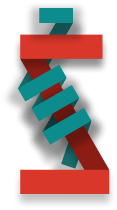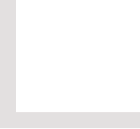SupremePunk #075
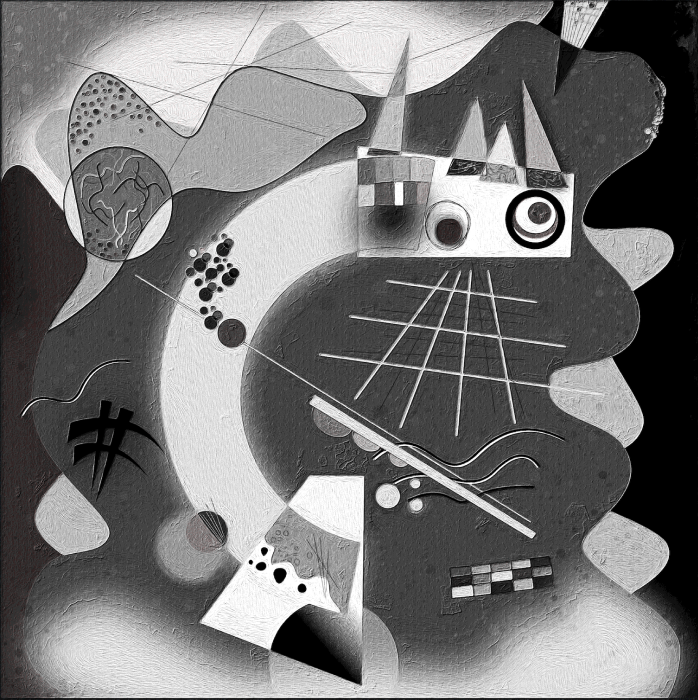
Improvisation in Black and White
This Punk is inspired by CryptoPunk #589 and artworks of Kandinsky.Vasily Kandinsky is one of the greatest Russian artists. He invented non-figurative art. SupremePunk #075 is a painting in which not the object dominates, but form and color. Abstraction in art is the quintessence of everything that used to be burdened with similarity to the real world, but in the 20th century, it was freed. That is the way the form triumphed over imitation. Often in Kandinsky's paintings, viewers are looking for a certain living plot, trying to see a ship, a house, or a person's face in the lines and figures, but this is a meaningless operation – compositions do not depict objects of reality similar to geometric shapes, but create a new reality in which the only possible organics are a point, a line, and a plane. These three elements, like the 4 elements in Aristotle, are the basis of all living in art: any composition, any structure comes from them, which means the birth of matter in the world of the triumph of form.
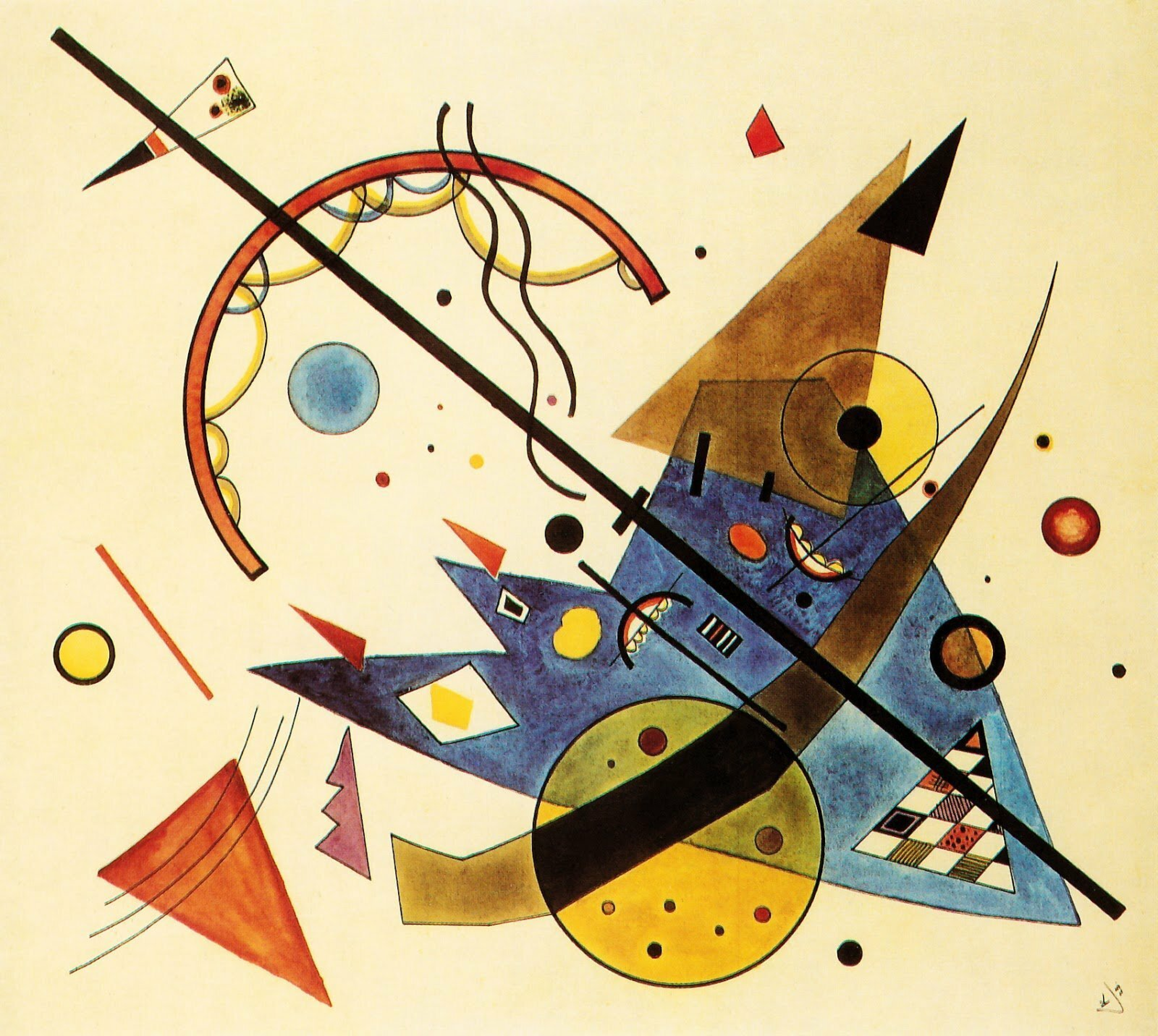
V. Kandinsky — Point and line in the plane
SupremePunk #075, in contrast to the works of Kandinsky, who attaches great importance to color, is monochrome. This is very unusual for abstract art, in which color fills the form and plays an important role in constructing the dynamism of the artwork. This can be clearly seen on the canvases of Franz Mark, a friend and colleague of Kandinsky in the art association "Blue Rider". His paintings are on the verge of figurative and abstract art. In them, the form is impossible without color, it is heated by color, and color controls it in the same way that contours control a figure. In the Punk, all the power of the image is transferred to the form and composition.
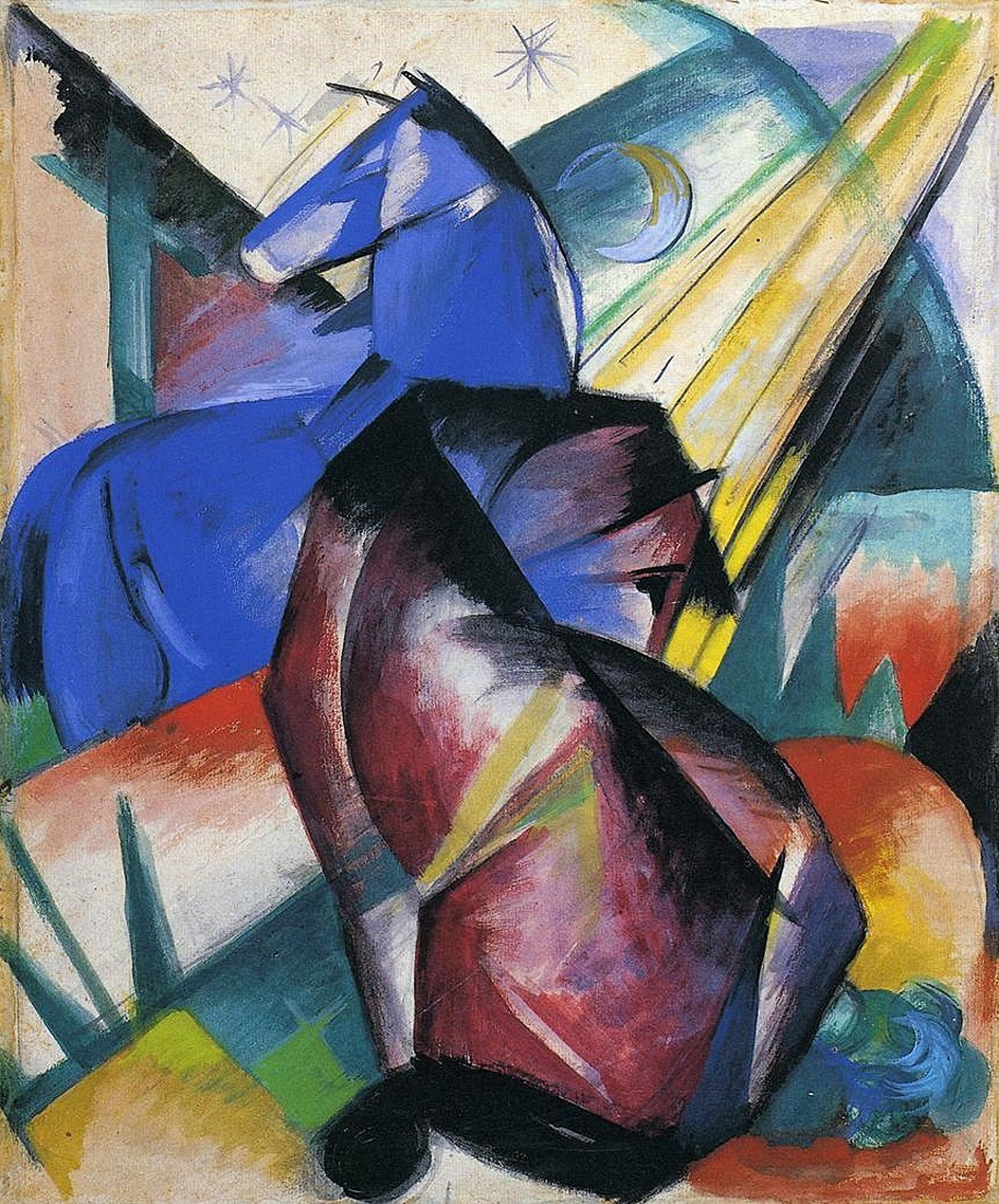
Franz Marc — Red and Blue Horses, 1912
In this SupremePunk, the arrangement of the space is unusual – two planes superimposed on each other cover a black depth that emphasizes the gap between the plans. On the front plane, there is a polyphony of figures, points, and lines in their diversity of scale, tone, and location. This is the breathing organic matter of geometry that is viewed under a microscope. The viewer can see how the lines wrap around the rectangles, or the dots turn into circles. The texture of the canvas is visible to the unaided eye, which serves as the only reminder that this is not an ideal geometric space of smooth surfaces and contours, but a work done by a human hand.
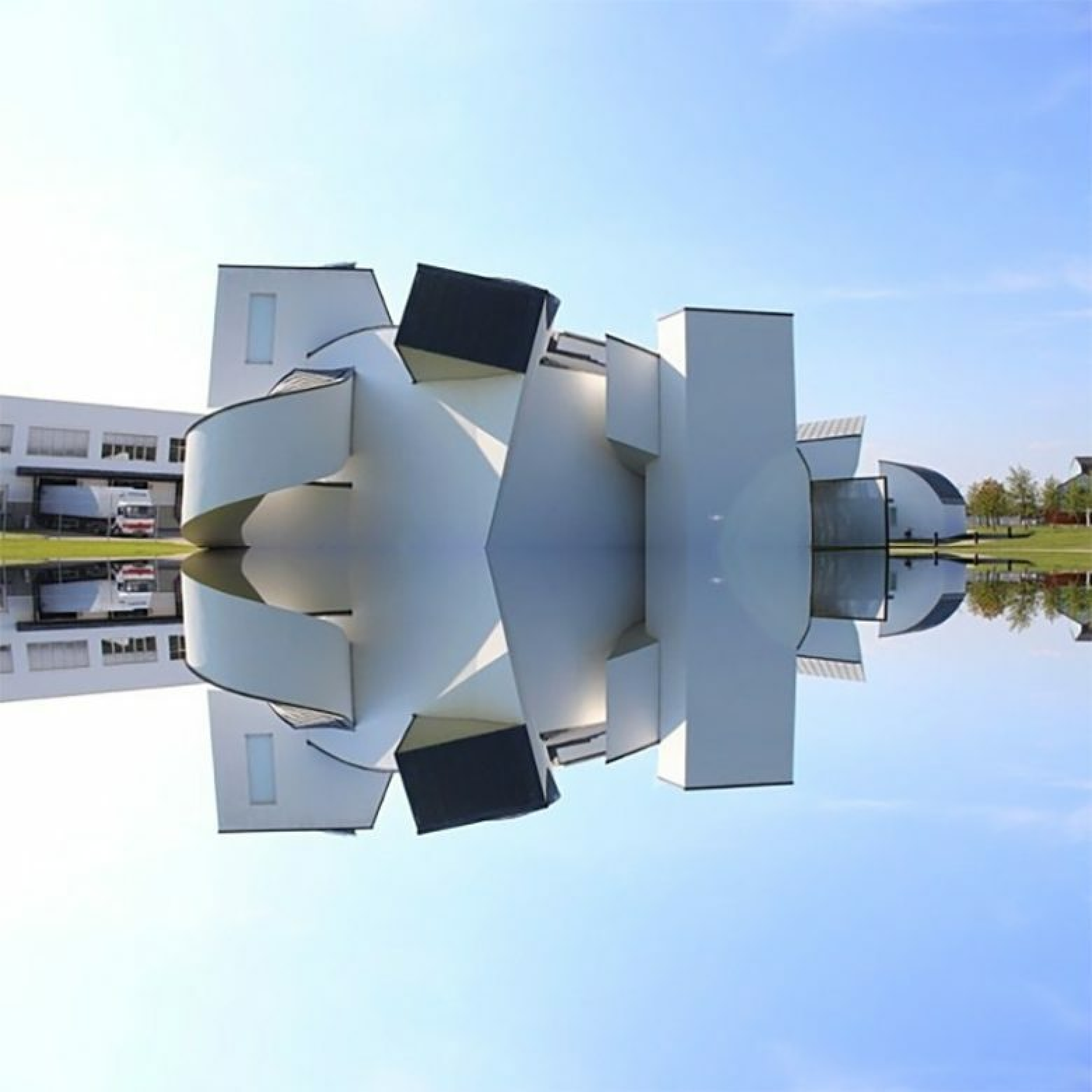
Frank Owen Gehry, Vitra Design Museum, 1989
The firmness and precision of the compositional dominants are combined with parabolic bends on the periphery of the canvas – a semicircle, stretched like a bowstring, is dissected by sharp steel lines, and around it, there are smooth sinusoids that create a feeling of pulsation of a living organism. Another style is guided by similar principles – not in art, but architecture. This is deconstructivism performed by the great architect of our time, Frank Gehry.
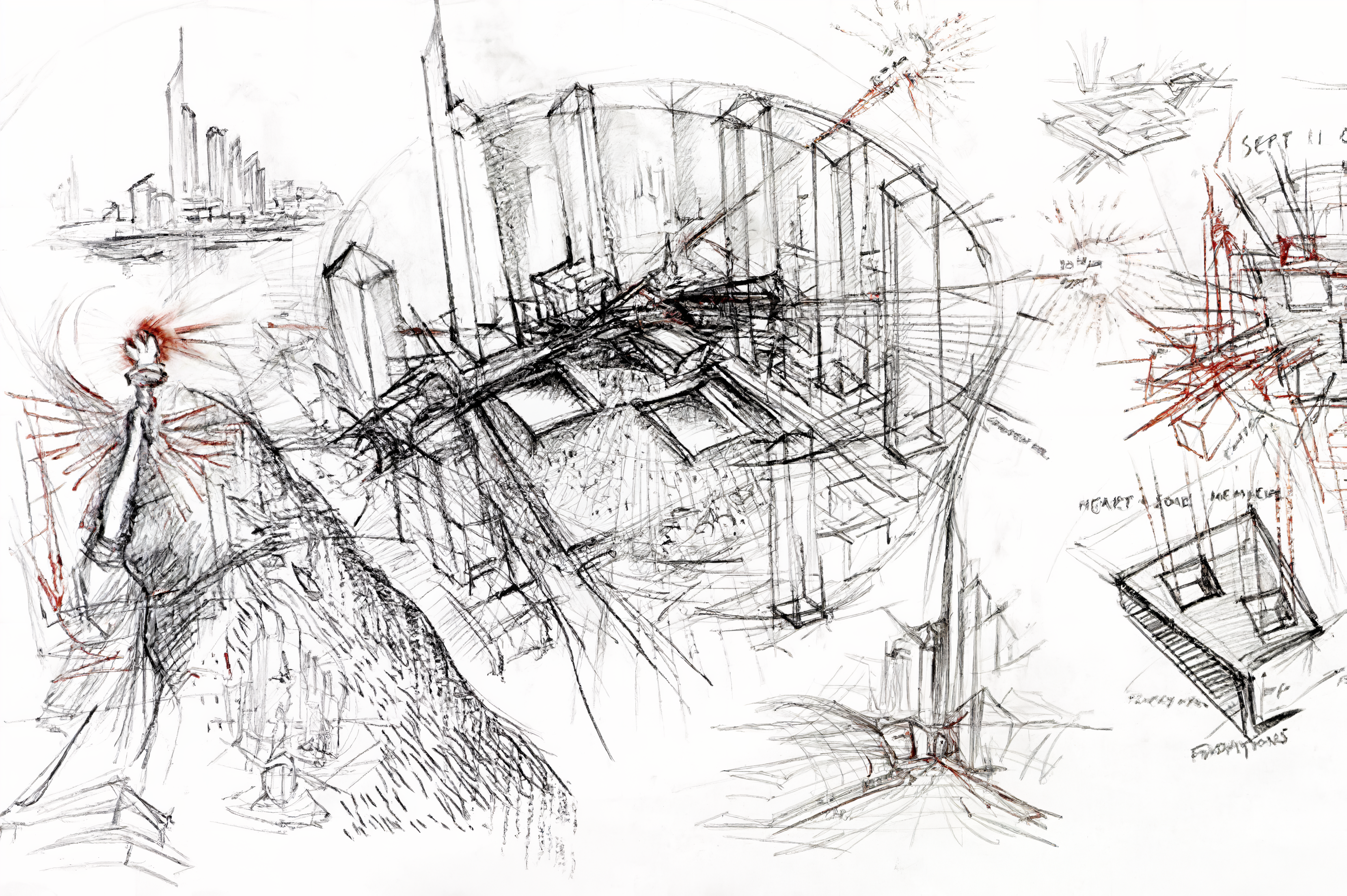
Architectural Drawings by Daniel Libeskind
In his buildings, smooth contours are combined with sharp ones, the space is organized with the emptiness, a game of scales, and a variety of plans. Many of Frank Gehry's works are also monochrome. Deconstructivism is similar to non-objective painting because it is rejecting classical methods of organizing composition, from familiar forms and subordination to tectonic laws. Another titan of postmodern architecture who works on these principles is Daniel Libeskind.
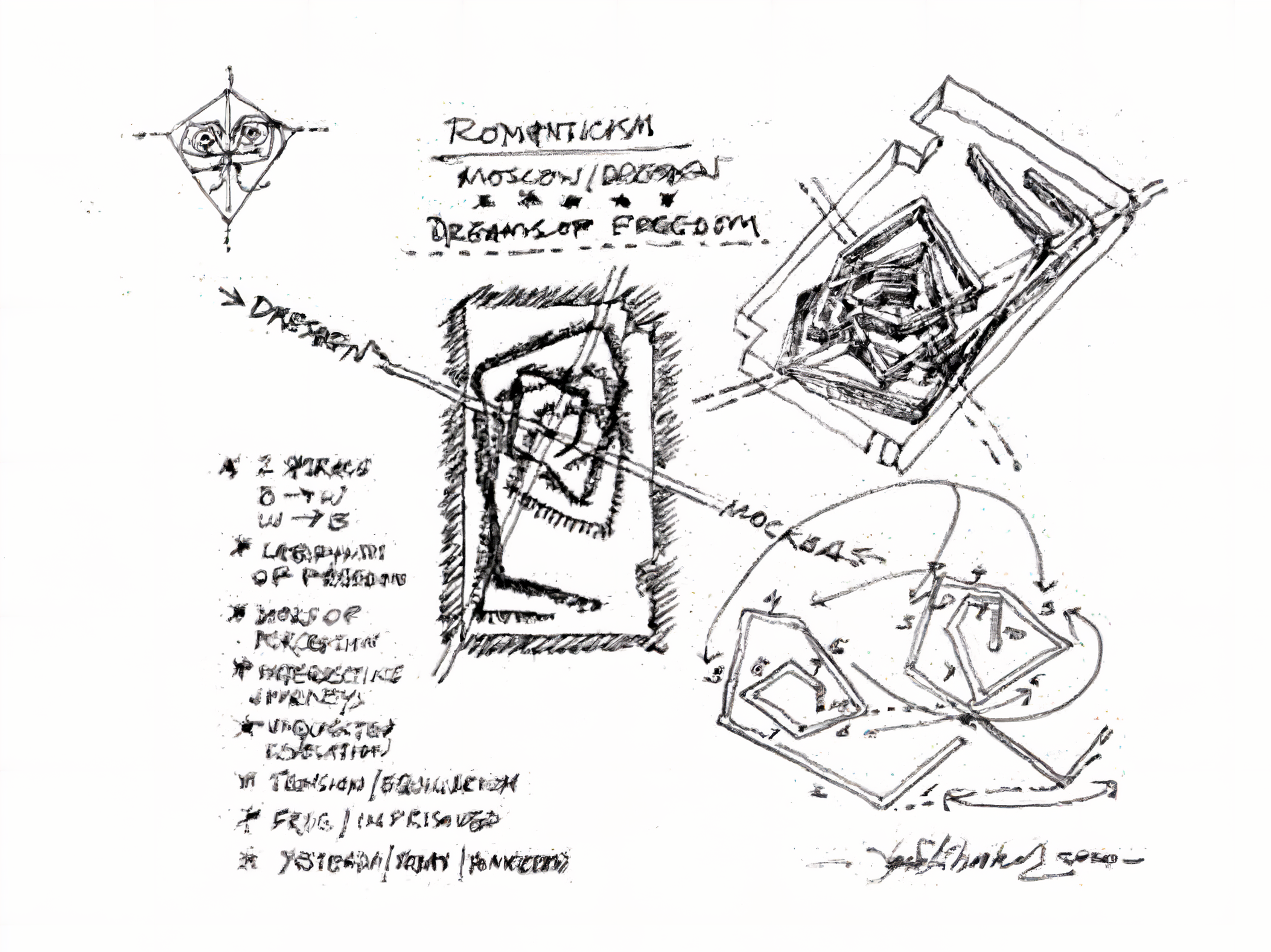
Architectural Drawings by Daniel Libeskind
His architectural drawings resemble abstract compositions, like this Punk. The space in those artworks is autonomous, functions according to its own laws. It clearly demonstrates how art at the peak of the avant-garde triumphs over reality, becoming completely independent of it.

Buy

Gallery:
CryptoPunk #589 that has been taken as a base

Your transaction is in progress

You have connected to the wrong network

Transaction is successful!

